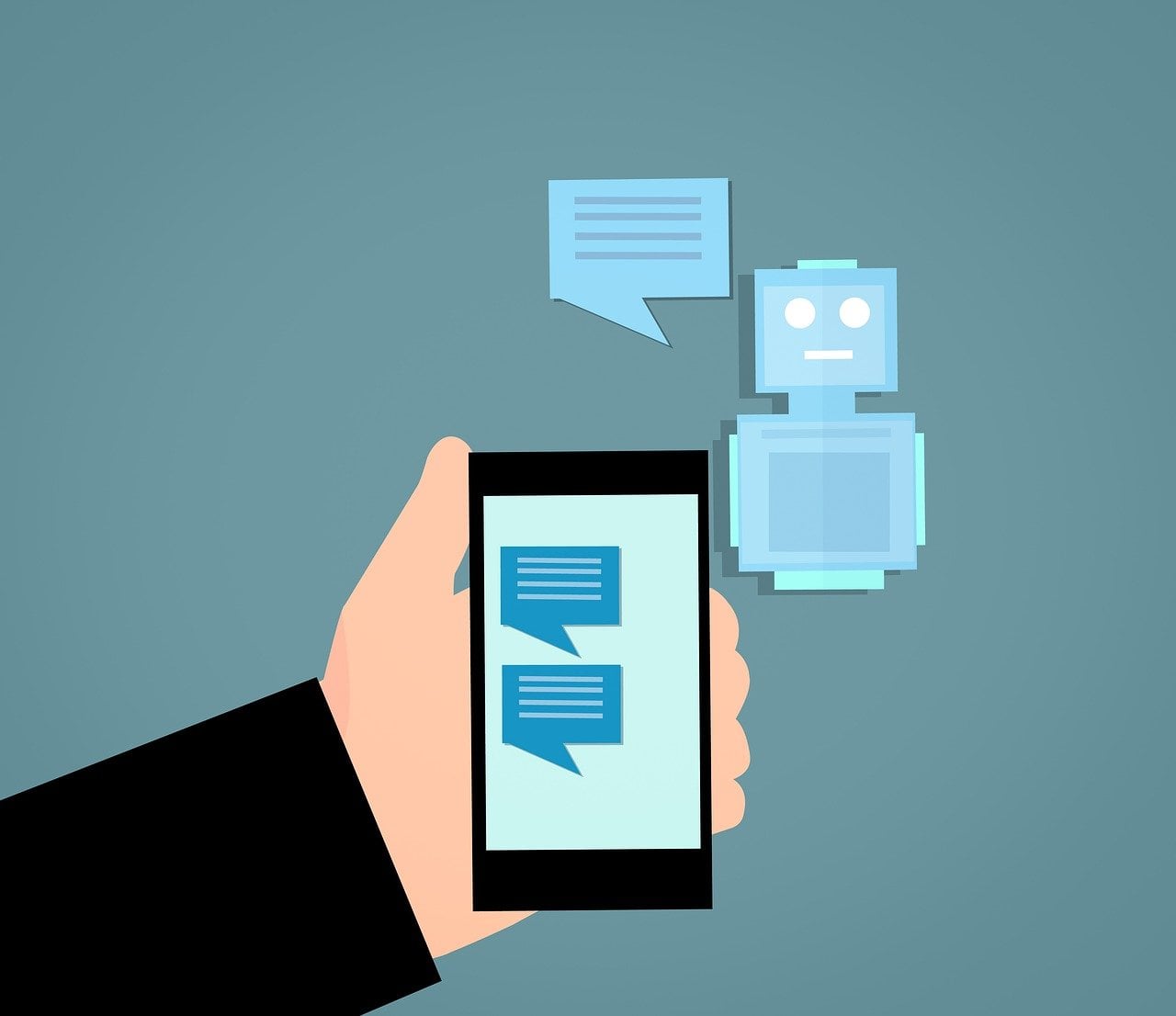Is your company prepared for what the year 2020 has in store? The two decades since the initiation of the new millennium have been action-packed and full of technological advancements that have been introduced at breakneck speed and with consistent regularity.
The year 2020 marks a new year, as well as a new decade, which means new business trends will surface and move to the forefront. Companies are always looking for the next method or resource that will give them an advantage in the marketplace. Here we will focus on the assets that will offer businesses a boost in 2020.
Q3 2019 hedge fund letters, conferences and more
- Artificial Intelligence
Artificial intelligence (AI) is far from a new concept, but this technology is no longer just the plot of science fiction novels and motion pictures. AI is used currently by businesses to conduct a host of functions for their companies. Popular AI business applications are automation, collection, and analysis of data, personalization of promotions, and cybersecurity.
The uses for AI span across practically every industry. There are repetitive tasks that take unnecessary time and money to complete. These operations save time and resources when the duties are carried out using the power of AI. Similarly, AI can maintain the IT systems to keep threats at bay.
- Chatbots
Chatbots are another form of AI that has recently emerged for the benefit of businesses that have online customer service. With the use of an AI phenomenon called natural language processing (NLP), chatbots can perform the same tasks of customer service representatives that conduct online chat sessions.
Chatbots are powered by preprogrammed rules and AI to interact with customers. These applications detect human language patterns to determine customers’ concerns. The bots respond to the interests of customers in a human-like fashion. A little due diligence will help you find the best chatbot for your business.
- Backup Solutions
Suffering from the loss of data is a devastating occurrence for a business. The potential monetary loss is often in the thousands, if the information is compromised or if there is a system crash. Once the data is lost, the damage is already done. This is why companies opt to back up their databases in real-time. There are plenty of applications on the market that facilitate backups.
There are three basic types of backup available for businesses. These backup methods include:
- Full backup: all files and folders that are selected are backed up
- Incremental backup: this method of backup saves all changes made since the previous backup
- Differential backup: these backups fall between the full backups and incremental backups
- Mirror backup: this backup method mirrors the source being backed up
- Customer Experience Management
Customer experience management (CEM) describes the process used by companies to control the interactions between the customers and the company throughout their relationship. The company manages the customer's communication with each physical and digital touchpoint to provide a personalized experience.
Personalization is a crucial part of building brand loyalty in the modern age of business. The collection and analysis of customer data plays a significant role in the application of CEM within a company's business model.
CEM has the implication of customer involvement at various levels, including sensory, rational, emotional, and physical. Specialized software and data analytics are fundamental aspects of tailoring unique customer experiences.
- Big Data
Until this point, big data was primarily used by large corporations to enhance the way they conduct business. Still, now, small businesses are beginning to utilize this information for their benefit. Chatbots are powered by preprogrammed rules and AI to interact with customers.
Big data is a term used to describe massive data sets that are extracted and used to analyze information in databases too large to analyze using traditional software. The collection, storage, and analysis of the data is the primary challenge of big data.
Personal data, demographic data, and purchase history are gathered to determine if there is a correlation. The data is organized into a spreadsheet, and the results of the analysis are used in a host of ways. The company or a third-party organization can do the analysis.
Conclusion
Let 2020 be the year that your company expands its business model. The onslaught of new trends in the digital space will give your organization the boost it needs to remain competitive in these ever-changing times. Don’t let your competition beat you to the punch; use these groundbreaking assets to your company’s benefit.






